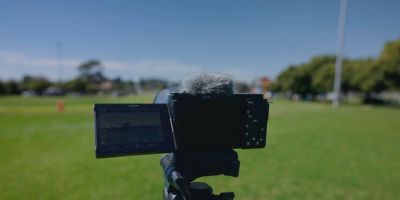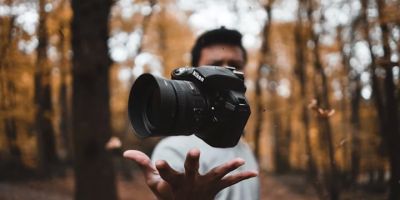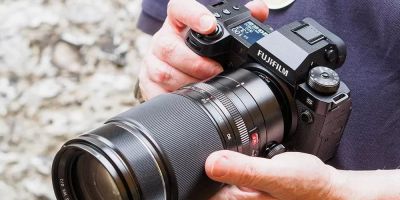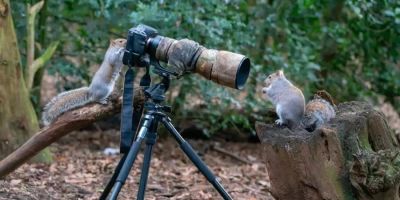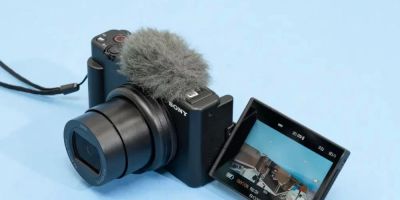- 1-Why-The-Right-Camera-Matters-For-Architecture-Photography
- 2-Key-Features-To-Look-For-In-A-Camera-For-Architecture-Photography
- 3-Top-Camera-Types-For-Architecture-Photography
- 4-Tips-For-Maximizing-Your-Camera-Performance-In-Architecture-Shoots
- 5-Real-World-Examples-Of-Architecture-Photography-Captured-With-Ideal-Cameras
- 6-How-Photo-Studio-Can-Help-You-Find-The-Best-Camera
1. Why the Right Camera Matters for Architecture Photography
Architecture photography demands precision, clarity, and the ability to capture intricate details of structures. Choosing the right camera for architecture photography is crucial because it directly affects image quality, perspective control, and overall composition. A camera that handles high resolution, wide dynamic range, and lens versatility enables photographers to highlight architectural beauty effectively.
Using an unsuitable camera can result in distortion, lack of detail, and poor color accuracy, which diminishes the impact of your photos. For professionals and enthusiasts alike, investing in the right camera setup is a fundamental step toward creating compelling architectural images.
2. Key Features to Look For in a Camera for Architecture Photography
When selecting a camera for architecture photography, several features stand out. First, a high-resolution sensor is vital for capturing fine architectural details that large prints or digital portfolios demand. Cameras with full-frame sensors generally provide better image quality and low-light performance.
Tilt-shift or perspective control capabilities are another important consideration. These features help correct converging vertical lines and maintain the true geometry of buildings, which is essential for professional architectural images.
Additionally, good dynamic range allows the camera to capture details in both bright highlights and deep shadows, common in architectural scenes. Fast and accurate autofocus, along with compatibility with wide-angle and prime lenses, further enhances shooting flexibility.
3. Top Camera Types for Architecture Photography
DSLRs and mirrorless cameras dominate the architecture photography space. Full-frame DSLRs like the Canon EOS 5D Mark IV or Nikon D850 offer excellent resolution and image quality. Mirrorless models such as the Sony A7R IV provide similar benefits with added advantages like lighter weight and electronic viewfinders.
Medium format cameras deliver unparalleled detail and dynamic range but come at a higher price point and with bulkier bodies. For those starting out, crop sensor cameras with good lens options can still produce impressive results.
4. Tips for Maximizing Your Camera Performance in Architecture Shoots
Using the right camera is just one part of great architecture photography. Employing a sturdy tripod minimizes shake and allows for longer exposures, especially in low-light conditions. Shoot in RAW format to maximize post-processing flexibility and preserve detail.
Mastering composition techniques such as leading lines, symmetry, and framing further enhances the impact of your images. Taking advantage of natural light during golden hour or using HDR techniques helps capture the full tonal range of architectural scenes.
5. Real-World Examples of Architecture Photography Captured With Ideal Cameras
Renowned architectural photographers often share images captured using cameras with tilt-shift lenses and high-resolution sensors, showcasing breathtaking details and perfect perspective. One example is a portfolio of urban skyscrapers photographed at dusk using a Sony A7R IV, highlighting sharpness and vivid colors without distortion.
Another inspiring story features a photographer using a medium format camera to document historical buildings, achieving textures and tonal richness that stand out even in large prints.
6. How Photo Studio Can Help You Find the Best Camera
Navigating the wide range of options for a camera for architecture photography can be overwhelming. Photo Studio offers expert advice, detailed reviews, and curated selections tailored to your skill level and budget. Whether you are a beginner seeking entry-level gear or a professional looking to upgrade, Photo Studio helps you find the ideal camera and accessories.
Exploring their resources ensures you invest wisely and start capturing stunning architectural images with confidence and precision.

